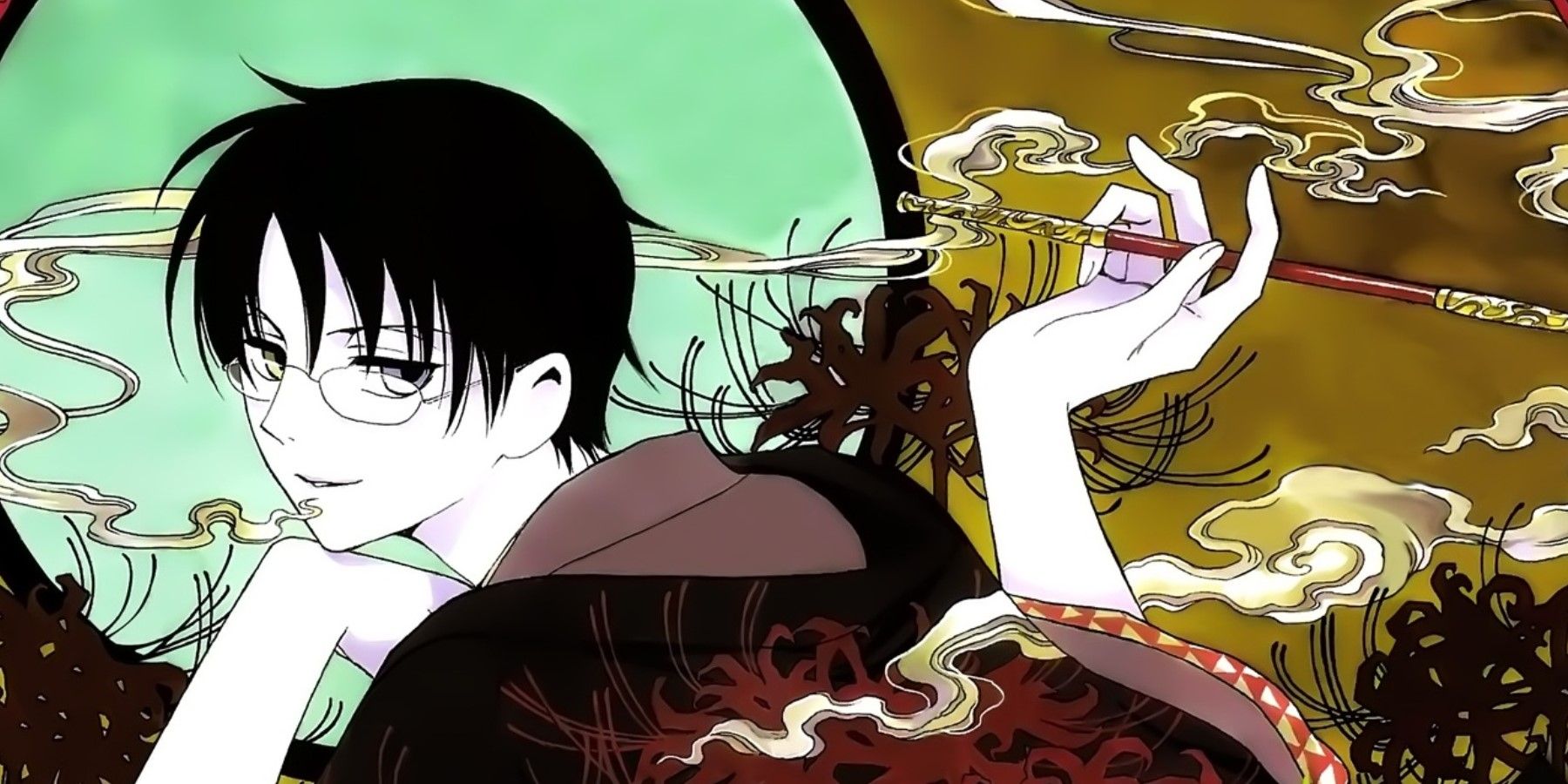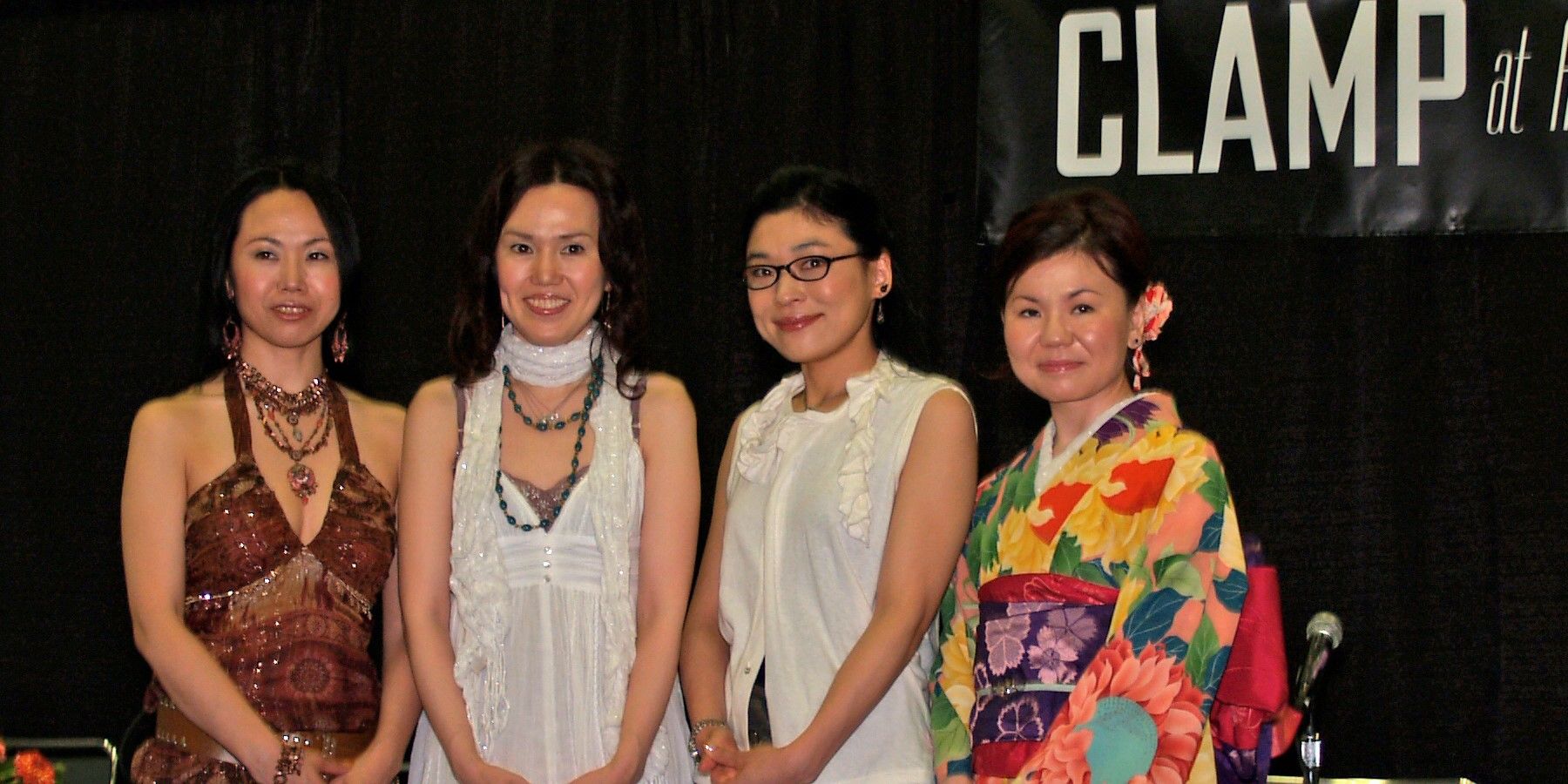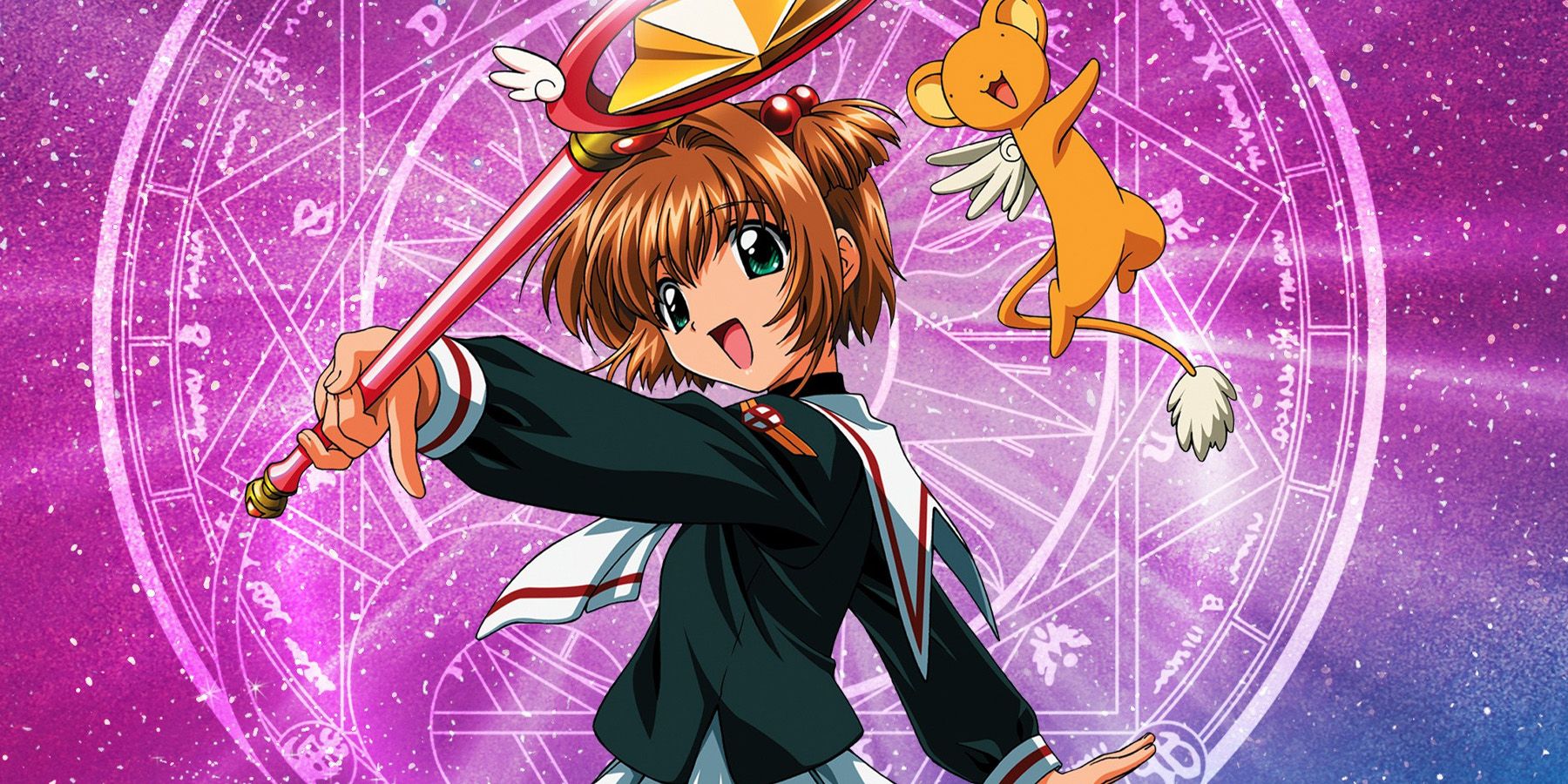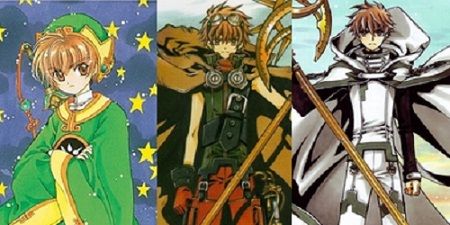From Cardcaptor Sakura to xxxHolic, the collective known as CLAMP is responsible for the creation of several acclaimed manga and anime titles. The all-female collective has, in the years since their first original manga release in 1987, sold over 100 million books worldwide as of November 2007.
CLAMP began as "Clamp Cluster", an eleven-member collective in the mid-1980s, publishing dо̄jinshi at first before moving onto creating original works in 1987. The name "CLAMP" is actually a misspelling of the English word "clump"; in the context of "a clump of potatoes". The group is one of the most notable entities in anime and manga today, and exerts an immense influence over anime and manga of various genres and demographics. Here's how the group came to be.
Origins
CLAMP began at some point in the mid-1980s, with eleven members. The exhaustive list of founding members includes O-Kyon, Leeza Sei, Nanao Sei, Mokona, Tsubaki Nekoi, Satsuki Igarashi, Shinya Omi, Soshi Hishika, Tamayo Akiyama, Kazue Nakamori and Nanase Оhkawa. Of the original eleven, only Mokona, Nekoi, Оhkawa and Satsuki Igarashi remain.
The spread of labour within the group has Nanase Оhkawa as the storyboarder, group spokesperson, producer, director. Mokona is CLAMP's head character designer, and the remaining two work on backgrounds, but these roles are prone to change depending on the project.
In 1987, the group began working on a fan manga adaptation of the Rigveda, an ancient Indian collection of Vedic Sanskrit hymns and is one of the four most authoritative texts in Hindu scripture – the Shruti. The manga was titled "RG Veda" and serialised in the Wings shо̄jo magazine, running for ten volumes from 1989 to 1996.
From then on, CLAMP went on to produce a new body of work nearly every single year, running in various magazines from Genki, Monthly Asuka, Monthly Shonen Ace, Jump SQ and more; with Tokyo Babylon being their big break in 1990. 1996 saw the creation of what is perhaps CLAMP's greatest success – the Cardcaptor Sakura series, while another CLAMP classic, xxxHolic, saw serialization in 2003.
Notable Works
-
Cardcaptor Sakura (1996 – 2000; 2016 – )
The Cardcaptor Sakura series is one of CLAMP's most outstanding works, and is seen as one of the greatest magical girl series in anime and manga to this day. Following the life of Sakura Kinomoto, a 10-year-old girl who discovers magical powers after she accidentally frees the dangerous magical Clow Cards out into the world. She must go out and retrieve the cards in order to reseal their fearsome power. The series has over 17 million copies in print, and is one of the most acclaimed magical girl series of its time. A continuation of the Cardcaptor Sakura series, the Clear Card Arc, began publication in 2016. -
xxxHolic (2003 – 2011)
The story follows Kimihiro Watanuki, a high schooler who can see strange supernatural phenomena known as "ayakashi", but they are invisible to everybody else. He stumbles into a shop that grants wishes, and asks the witch store clerk to rid him of his ability to perceive. She tells him that he will need to offer her something of equal value – like becoming her personal assistant, housekeeper, and part-time cook. xxxHolic has over 13 million copies in print, and in 2009, it was the sixth best-selling manga in the United States.
-
Chobits (2000 – 2002)
Chobits is set in a reality where android personal assistants known as "Persocoms" are a common but expensive accessory to one's life. Hideki Motosuwa is a university student who dreams of getting one but can't afford it; however, his luck seems to turn around when he finds an abandoned Persocom he names "Chii". Hideki and the android develop a relationship as the story progresses and Chii turns out to be more than just a regular machine.
Current Members
CLAMP began with eleven members, but lost several members in its initial stages. By the time RG Veda was in publication in 1989, the group had already been cut down to seven members, and by 1993, three more members departed the group, leaving the current members who have been active since.
-
Nanase Ohkawa
Director of CLAMP, Nanase Ohkawa has been active in the group since its inception and has been responsible for writing every single CLAMP manga series since then. She met Mokona, Igarashi and Nekoi through a friend of hers who had bought manga from Mokona. She is responsible for writing, storyboarding, directing and is also the group's spokesperson. -
Tsubaki Nekoi
Co-director of the group, Nekoi's other duties include applying screentones, and correcting the illustrations of CLAMP manga manuscripts. -
Mokona
Mokona is CLAMP's lead artist. She is responsible for art, colouring and composition, and is mostly noted for her fluid and dramatic art style. -
Satsuki Igarashi
Igarashi is responsible for testing out ideas that are developed by the group's story writer, Ohkawa. She also did the character designs for Chobits, and works as a line artist and character designer in addition to coordinating CLAMP's productions.
Impact
CLAMP has been considered an influential factor in the manga boom in the west, and the group has been celebrated by various significant personalities in the industry for the way in which their works prioritise the emotions of the characters. This was particularly true of the Cardcaptor Sakura series, but this is common praise for CLAMP works. The Funimation president and CEO, Gen Fukunaga, hailed CLAMP as one of the most acclaimed artist groups in Japan, while Cardcaptor Sakura won the Seiun Award for best manga in 2001.
The nature of the stories created by the group, while completely variant in terms of their themes, setting, plot and characters, there is a sense of a contained universe when it comes to CLAMP works. This is due to their tendency to loosely recycle particular character traits and themes, such as fate and destiny. CLAMP also has a heavily identifiable artistic fingerprint, especially in the character designs. The collective, while not behind the story of Code Geass, they were responsible for the creation of the character designs.
A recurring element in CLAMP character designs is the loss of an eye in one of the characters, drawing inspiration from CLAMP writer and storyboarder Nanase Ohkawa's poor vision in her right eye. Code Geass protagonist Lelouch Lamperouge (vi Britannia) does not lose his right eye, but it rather becomes the vessel for the Geass, manifested in Lelouch's Absolute Obedience ability. Overall, CLAMP is regarded as one of the most influential groups in manga, and is largely responsible for the boom of otaku media in United States, and the west in general.
This powerful collective of women has exerted an incredible amount of influence through their stories, which championed different kinds of protagonists, explored different kinds of relationships, and were aimed at a host of different demographics; from younger girls to older teen boys. In an industry generally dominated by men, CLAMP serves as one of many examples of women in the manga industry pushing the boundaries of the medium and consistently driving it into territories yet to be explored.




